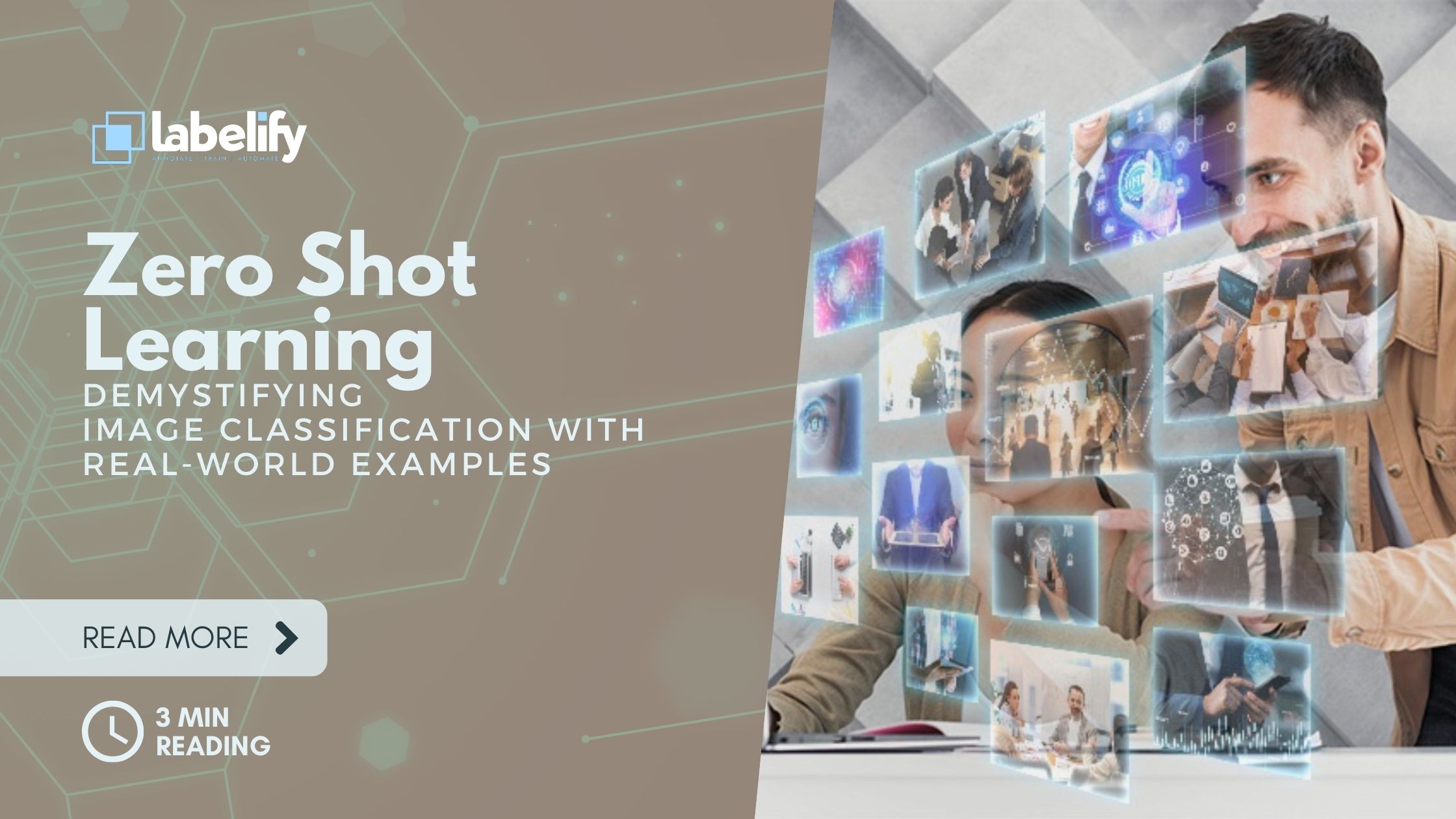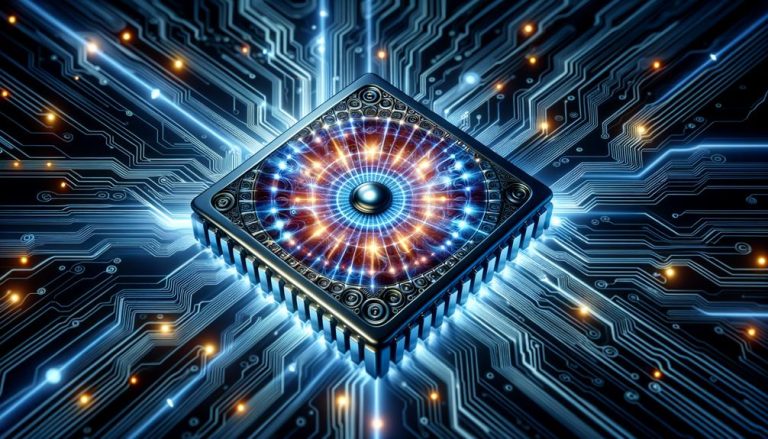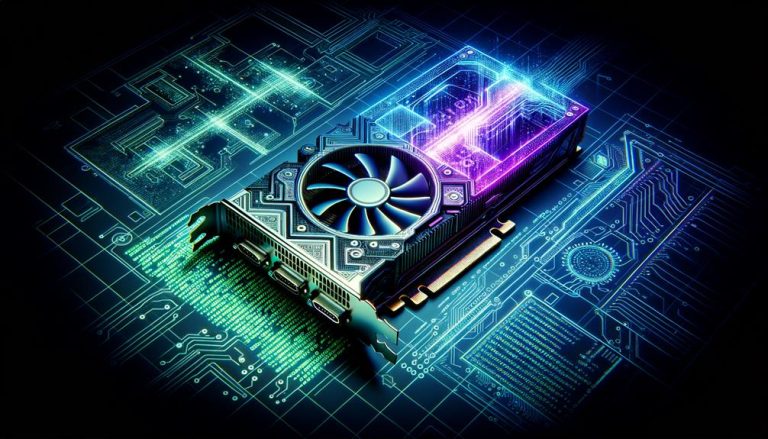Zero-shot learning is an innovative machine learning paradigm that addresses the limitations of traditional classification methods. By leveraging pre-trained deep learning models and transfer learning techniques, it enables image classification on unseen classes using learned knowledge from seen classes.
However, this approach poses challenges such as scarcity of labeled instances and the semantic gap between visual features and semantic descriptions.
In this article, we explore the concept of zero-shot learning in image classification and provide examples of its applications in various domains, showcasing its potential for liberating and empowering users.
Key Takeaways
- Zero-Shot Learning is a Machine Learning paradigm that involves a pre-trained deep learning model and generalizes on a novel category of samples.
- Zero-Shot Learning is a subfield of transfer learning and relies on a semantic space where knowledge can be transferred.
- Zero-Shot Learning methods can be classified into classifier-based methods and instance-based methods, which use different approaches for classification.
- Zero-Shot Learning has applications in various domains such as computer vision, NLP, and audio processing, and can be used for tasks like image classification, semantic segmentation, image generation, object detection, and image retrieval.
Zero-Shot Learning: A Machine Learning Paradigm
Zero-Shot Learning is a contemporary Machine Learning paradigm that has gained significant attention in recent years. It offers a revolutionary approach to problem-solving, liberating us from the constraints of traditional learning methods.
In the realm of Natural Language Processing, Zero-Shot Learning enables the classification of text data into novel classes that were not seen during training. Similarly, in Action Recognition, Zero-Shot Learning allows the recognition of previously unseen actions by leveraging the knowledge learned from similar actions.
This innovative paradigm empowers us to tackle complex tasks without the need for extensive labeled data or retraining models. By harnessing the power of transfer learning and leveraging auxiliary information, Zero-Shot Learning bridges the gap between known and unknown classes, paving the way for groundbreaking advancements in various domains.
Training and Testing Set Classes Disjointness
The classes in the training and testing sets are completely separate from each other. This disjointness between the training and testing set classes has a significant impact on the performance of zero shot learning. When the model is trained on one set of classes and then tested on a completely different set of classes, it faces the challenge of generalizing its knowledge to unseen classes. This can lead to lower accuracy and higher error rates in classification.
To mitigate the challenges posed by disjoint training and testing set classes in zero shot learning, several strategies can be employed. One approach is to utilize auxiliary information such as semantic embeddings or attributes to bridge the gap between the seen and unseen classes. Another strategy is to leverage transfer learning techniques to transfer knowledge from the seen classes to the unseen classes. Additionally, data augmentation techniques can be used to artificially increase the diversity of training samples and improve the model’s ability to generalize.
| Strategies to Mitigate Disjoint Training and Testing Set Classes Challenges |
|---|
| Utilize auxiliary information such as semantic embeddings or attributes |
| Leverage transfer learning techniques to transfer knowledge from seen to unseen classes |
| Employ data augmentation techniques to increase training sample diversity |
Challenges in Zero-Shot Learning
One of the challenges in zero-shot learning is the difficulty of generalizing knowledge to unseen classes when the training and testing set classes are disjoint. This creates a problem of imbalanced dataset distributions, where there may be limited availability of labeled instances for unseen classes.
To overcome this challenge, researchers have been working on developing methods to bridge the semantic gap in zero-shot learning. The semantic gap refers to the disconnect between visual features and semantic descriptions, making it challenging to transfer knowledge from seen to unseen classes. By finding effective ways to bridge this gap, it becomes possible to transfer knowledge and classify novel data classes accurately.
Additionally, there is a need for standard evaluation metrics to assess the performance of zero-shot learning methods and ensure reliable results.
Methods for Zero-Shot Learning
Methods for Zero-Shot Learning involve the development of techniques to bridge the semantic gap and transfer knowledge from seen to unseen classes. These methods aim to overcome the limitations of traditional supervised learning approaches by leveraging auxiliary information and semantic embeddings.
One common approach is to use classifier-based methods, where binary one-versus-rest classifiers are trained for each unseen class. Another approach is instance-based methods, which focus on finding similar instances between seen and unseen classes using similarity metrics.
Evaluating the performance of Zero-Shot Learning methods is challenging due to the lack of standard evaluation metrics. However, recent advancements in zero-shot learning evaluation have addressed this issue.
Moreover, Zero-Shot Learning is not limited to image classification tasks; it has also found applications in natural language processing, where it enables the classification of novel text categories without the need for explicit training data.
Applications of Zero-Shot Learning
Zero-Shot Learning has a wide range of applications in various domains, including computer vision, natural language processing, and audio processing.
In the field of computer vision, Zero-Shot Learning can be applied to action recognition tasks. Traditional action recognition models require training on specific action classes, but Zero-Shot Learning enables the classification of actions that have not been seen during training. This allows for more flexibility and adaptability in recognizing new and unseen actions.
Furthermore, Zero-Shot Learning can also be used for style transfer in image processing. Style transfer involves transferring the texture or visual style of one image onto another. With Zero-Shot Learning, the style transfer process can be performed without the need for pre-determined styles. The model can learn and generalize the style from a given set of examples and apply it to new and unseen images. This opens up possibilities for creative and personalized image editing and manipulation.
Zero-Shot Learning in Image Classification
Zero-Shot Learning has gained significant attention in recent years for its application in image classification tasks. This innovative approach allows the classification of novel objects or categories that were not seen during training. It has proven to be particularly useful in domains such as medical imaging and natural language processing.
Here are three key aspects of Zero-Shot Learning in image classification:
- Zero-shot learning techniques for image classification in medical imaging: With the limited availability of labeled instances for unseen classes in medical imaging, Zero-Shot Learning provides a solution by leveraging auxiliary information and transferring knowledge from labeled samples to classify new classes.
- Zero-shot learning for image classification in natural language processing: In NLP, Zero-Shot Learning enables the classification of images based on textual descriptions. By leveraging semantic spaces and auxiliary information, this approach allows the understanding and classification of previously unseen visual concepts.
- Addressing class imbalance and novel object recognition: Zero-Shot Learning frameworks have been applied to alleviate the need for retraining models and handle class imbalance in datasets. This approach empowers the model to recognize and classify novel objects supplied by users, making it valuable in scenarios such as visual search engines.
With its ability to generalize to unseen classes and its application in various domains, Zero-Shot Learning opens up new possibilities for image classification tasks, providing liberation from the limitations of traditional approaches.
Zero-Shot Learning in Semantic Segmentation
Zero-Shot Learning in Semantic Segmentation is a technique that leverages auxiliary information and semantic spaces to accurately classify and segment previously unseen objects in images. This innovative approach addresses the limitations of traditional segmentation methods, such as the need for labeled data and the inability to handle novel classes.
By incorporating zero-shot learning principles, the model can generalize its knowledge from seen classes to unseen ones, overcoming the scarcity of training examples. This has significant implications for applications such as COVID-19 Chest X-Ray Diagnosis, where labeled segmented images are scarce, or V7 lung annotation for segmenting lung lobes in chest radiological images.
Furthermore, zero-shot learning has been successfully applied in other domains like natural language processing and action recognition, enabling the classification of unseen classes in these fields as well.
Zero-Shot Learning in Image Generation
In the realm of image generation, the utilization of zero-shot learning techniques allows for the creation of realistic images even for previously unseen classes, building upon the principles discussed in the previous subtopic. This groundbreaking approach expands the possibilities of image generation by leveraging the power of zero-shot learning.
Here are three exciting applications of zero-shot learning in image generation:
- Zero-Shot Learning in Natural Language Processing: By combining zero-shot learning with natural language processing, it becomes possible to generate images based on textual descriptions. This enables the creation of visual representations directly from text, opening up new avenues for creative expression and communication.
- Zero-Shot Learning in Audio Processing: Zero-shot learning can also be applied to audio processing, enabling the generation of images based on audio inputs. This can be particularly useful in fields such as sound visualization, music composition, and audio-visual storytelling, where the conversion of audio signals into visual representations adds a new dimension to the creative process.
- Integration of Multiple Modalities: Zero-shot learning in image generation can be enhanced by integrating multiple modalities, such as text, audio, and visual inputs. This multimodal approach allows for the generation of images that capture the essence of various sources of information, leading to more diverse and contextually rich image generation.
Examples of Zero-Shot Learning Applications
Examples in the realm of zero-shot learning applications showcase the versatility and potential of this innovative approach in various domains.
Zero-shot learning has been successfully applied in action recognition, where models are trained to recognize actions that they have never seen before. By leveraging auxiliary information and knowledge transfer, these models are able to generalize to unseen action categories.
Additionally, zero-shot learning has found applications in natural language processing, where models are trained to understand and generate text in languages or domains that were not included in the training data. This enables the development of language models that can adapt and learn new languages or specialized terminology without the need for extensive retraining.
These examples highlight the power of zero-shot learning in expanding the capabilities of machine learning systems across different domains.
Frequently Asked Questions
How Does Zero-Shot Learning Address the Issue of Limited Training Data for Each Class?
Zero-shot learning addresses the issue of limited training data for each class by leveraging auxiliary information and a semantic space. Instead of relying solely on labeled instances, zero-shot learning utilizes knowledge acquired during the training stage and extends it to new classes using auxiliary information.
This approach allows the model to classify novel data classes without requiring specific training examples for each class. By utilizing transfer learning and semantic representations, zero-shot learning provides potential solutions for the limitations of limited training data in image classification.
What Are the Common Approaches Used in Zero-Shot Learning?
Zero-shot learning algorithms and transfer learning methods are commonly used in zero-shot learning.
Classifier-based methods employ a one-versus-rest solution, training binary classifiers for each unseen class.
Instance-based methods focus on finding similar instances between seen and unseen classes, utilizing similarity metrics for classification.
These approaches enable the classification of novel classes without the need for labeled training data.
What Are Some Examples of Applications Where Zero-Shot Learning Has Been Successful?
Zero-shot learning has been successful in various applications beyond image classification.
For example, in natural language processing, zero-shot learning techniques have been used to classify text data into unseen categories.
In recommendation systems, zero-shot learning has been applied to recommend items that were not seen during training.
These applications demonstrate the versatility and potential of zero-shot learning in expanding the capabilities of machine learning models across different domains, paving the way for innovative and visionary solutions in data analysis and decision-making processes.
How Does Zero-Shot Learning Aid in Image Classification Tasks?
Zero-shot learning aids in image classification tasks by enabling the classification of novel objects not seen during training. It provides a framework that leverages learned knowledge to generalize on new classes using auxiliary information. This is particularly useful in scenarios such as visual search engines, where the system needs to handle user-supplied novel objects.
Zero-shot learning also has applications in semantic segmentation and image generation. It assists in tasks such as diagnosing COVID-19 and generating images from text or sketches.
Can Zero-Shot Learning Be Applied to Tasks Other Than Image Classification, Semantic Segmentation, and Image Generation?
Zero-shot learning can be applied to tasks beyond image classification, semantic segmentation, and image generation. In natural language processing, zero-shot learning allows models to generalize to unseen classes of text data. It enables recommendation systems to make predictions for items that were not present in the training data.
Conclusion
In conclusion, zero-shot learning is a promising paradigm in machine learning that allows for image classification on unseen classes by leveraging pre-trained models and transfer learning techniques.
Despite its challenges, such as limited labeled instances and the semantic gap between visual features and descriptions, zero-shot learning has shown potential in various domains including computer vision, natural language processing, and audio processing.
Its ability to handle novel objects and address class imbalance in datasets makes it a valuable framework in the field of image classification.




